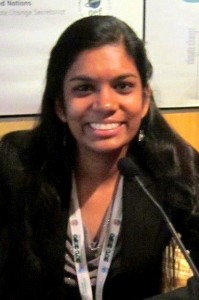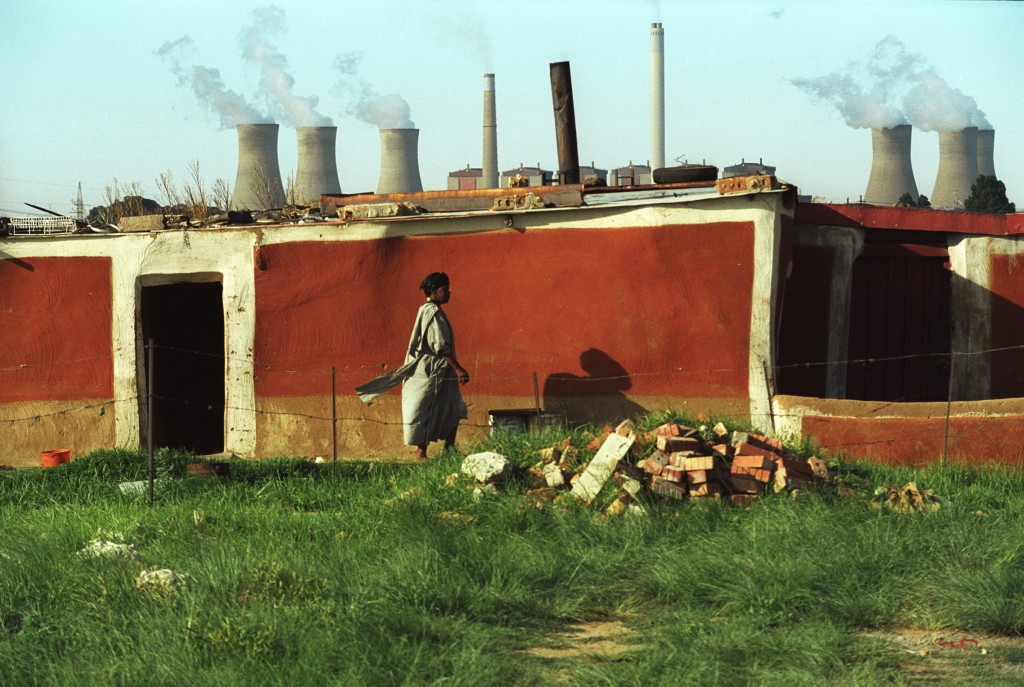
On March 1, 2011, activists will hold rallies in cities around the world to mark a Day of Action, calling on the World Bank to phase out lending for fossil fuel generated power. For those who can’t attend in person, there will be virtual actions on the same day, which is very exciting!
Most often, the justification provided by the World Bank and other international financial institutions for continuing to support fossil fuel generated power is that it brings much-needed electricity to the poor. Or that it’s cheap, efficient, and is just the first part of a longer-term low carbon plan to address energy shortages. But coal plants are rarely short-term; they tend to have life spans of decades. They are also not low carbon or environmentally friendly. Indeed, from a social and environmental perspective, coal plants are a nightmare: air pollution from coal plants can cause severe respiratory illness in nearby communities; coal ash and other byproducts can contaminate groundwater, and can thereby cause illness and water shortages in affected communities; the pollution and contamination can affect surrounding flora and fauna… the list goes on. And if you translate these harms into costs (because the costs are both real and significant, see the new Harvard study that calculates costs of coal in the US ) the idea that coal is cheap or efficient is more myth than fact. Besides, big centralized fossil fuel generated power is not the only way to get electricity to the poor.
Now, this is a good example of the problems with large-scale hydro power (which is best left for another day), but it also speaks to a broader lesson. And that is that we must learn to address energy issues in a sustainable way, in a way that minimizes social and environmental harms. As a general matter, in the World Bank, there are safeguard policies that require environmental and social impact assessments before projects are approved. There are even requirements for a cost-benefit analysis of each project that must consider environmental and social costs (what economists like to call externalities). In the grand scheme of things, these policies alone may not be enough – particularly as they are being applied now. The current efforts to develop an energy strategy for the World Bank would be a good place to tackle these issues head on, and in particular find ways of providing energy access to the world’s poor in a way that minimizes social and environmental harm. But even relying on existing policies, it is hard to imagine that fossil fuels, in particular coal plants, could legitimately be anything but a very narrow part of the World Bank lending portfolio.
Originally posted on February 28, 2011.

